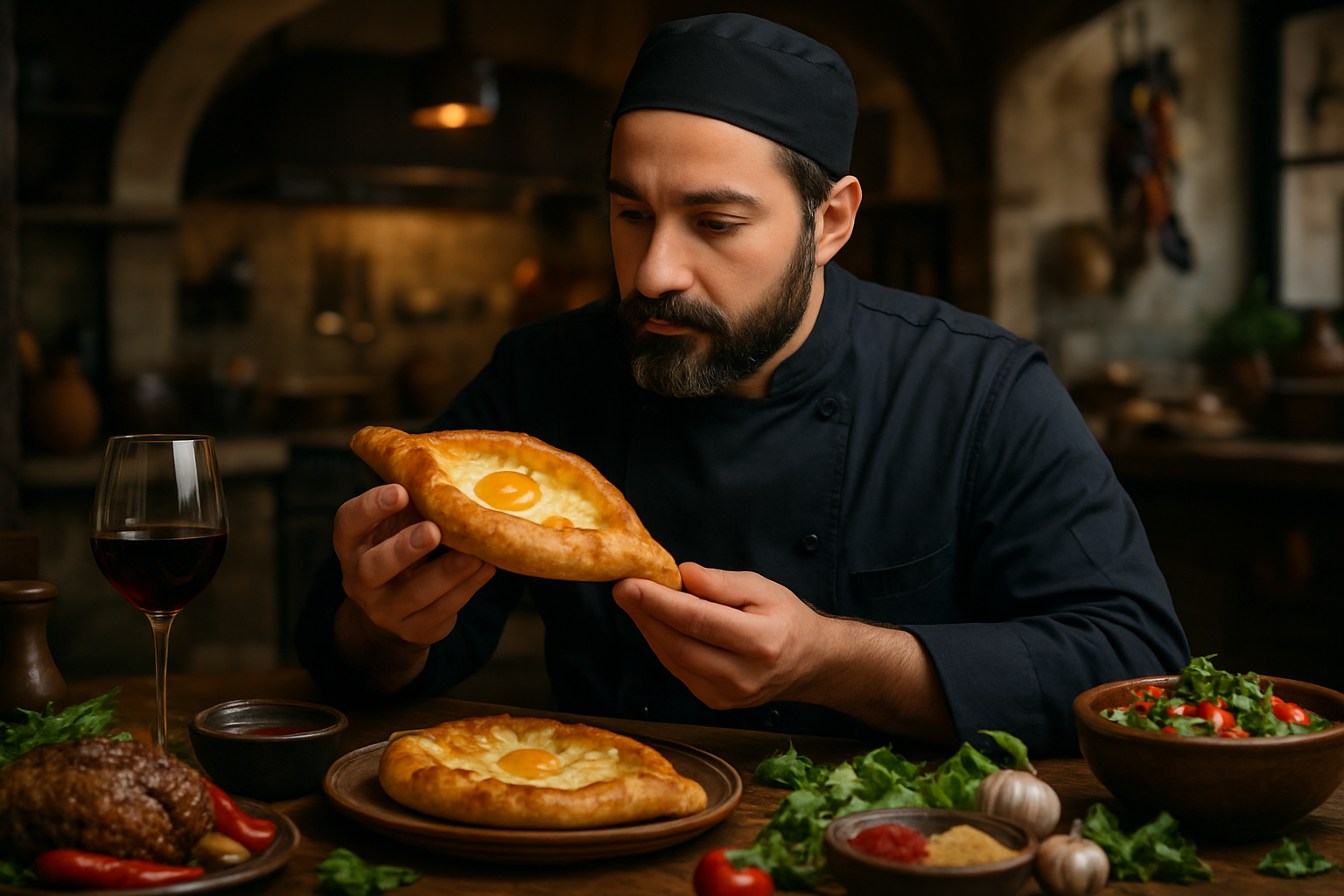Step-by-Step Guide: Turn Your Cooking Hobby into a Career — Start Today, Pay Later
Are you passionate about cooking and dreaming of turning your culinary skills into a rewarding career? With the right education and training, you can transform your love for food into a professional pathway. This comprehensive guide will walk you through the process of transitioning from a home cook to a culinary professional, with flexible payment options that make pursuing your dreams more accessible than ever.

How can culinary school transform your cooking hobby into a career?
Culinary school provides the structured education and hands-on experience necessary to elevate your cooking skills from hobby to professional level. From beginner techniques to advanced dishes, these programs cover everything you need to succeed in a professional kitchen. You’ll learn not only about food preparation and cooking methods but also about kitchen management, food safety, and the business aspects of the culinary industry. This comprehensive education equips you with the knowledge and skills to confidently pursue various career paths in the food industry.
What are the key components of a culinary education program?
A well-rounded culinary education typically includes:
-
Foundational cooking techniques
-
Knife skills and food preparation
-
Culinary math and measurement
-
Food safety and sanitation
-
Nutrition and menu planning
-
International cuisines and flavors
-
Baking and pastry arts
-
Restaurant management and operations
-
Food cost control and budgeting
-
Culinary externships or internships
These components ensure that graduates are well-prepared for the demands of professional kitchens and can adapt to various culinary environments.
How do flexible payment plans make culinary education more accessible?
Flexible payment plans have revolutionized access to world-class culinary training. Many culinary schools now offer options such as deferred tuition, income-share agreements, and extended payment plans. These alternatives allow students to start their education without the burden of upfront costs, making it possible to pursue their passion without financial barriers. Some schools even partner with financial institutions to provide low-interest loans specifically designed for culinary students.
What career opportunities are available after completing culinary school?
Graduates of culinary programs have diverse career options. Students report career breakthroughs, from launching food businesses to landing jobs in top restaurants. Some common career paths include:
-
Chef in restaurants, hotels, or resorts
-
Private chef for individuals or families
-
Caterer or event planner
-
Food stylist or photographer
-
Culinary instructor or educator
-
Food writer or critic
-
Restaurant owner or entrepreneur
-
Research and development chef for food companies
-
Cruise ship chef
-
Personal meal planner or nutritionist
The skills acquired in culinary school are transferable across various sectors of the food industry, allowing graduates to explore multiple career avenues.
What unique opportunities exist in the culinary field in today’s market?
In today’s dynamic culinary landscape, there are several unique opportunities for aspiring chefs:
-
Farm-to-table and sustainable cuisine
-
Plant-based and vegan culinary arts
-
Food truck entrepreneurship
-
Culinary tourism and destination cooking classes
-
Specialized dietary chef (e.g., gluten-free, keto, allergen-free)
-
Corporate wellness chef
-
Virtual cooking class instructor
-
Meal kit developer
-
Culinary social media influencer
-
Artisanal food product creator
These niches allow culinary professionals to combine their passion for cooking with emerging trends and consumer demands.
How much does culinary school cost, and what are the payment options?
The cost of culinary education varies widely depending on the program, location, and duration. Here’s a comparison of different culinary education options and their associated costs:
| Program Type | Duration | Estimated Cost Range | Payment Options |
|---|---|---|---|
| Certificate Program | 6-12 months | $5,000 - $20,000 | Monthly payments, scholarships |
| Associate’s Degree | 2 years | $20,000 - $50,000 | Federal loans, payment plans |
| Bachelor’s Degree | 4 years | $40,000 - $100,000+ | Federal/private loans, work-study |
| Culinary Institute | 1-2 years | $30,000 - $60,000 | Deferred tuition, income-share agreements |
| Online Courses | Variable | $500 - $5,000 | Pay-per-course, monthly subscriptions |
Prices, rates, or cost estimates mentioned in this article are based on the latest available information but may change over time. Independent research is advised before making financial decisions.
Many culinary schools offer financial aid options, including scholarships, grants, and work-study programs. Additionally, some employers may offer tuition reimbursement for culinary education, especially if it’s relevant to your current or future role within their organization.
Turning your cooking hobby into a professional career is an exciting journey that requires dedication, education, and practical experience. With the range of culinary programs available and flexible payment options, pursuing your culinary dreams is more accessible than ever. Whether you aspire to become a renowned chef, open your own restaurant, or explore the many facets of the food industry, a culinary education can provide the foundation for a fulfilling and successful career. Start your culinary journey today, and pay later – your future in the culinary world awaits.






